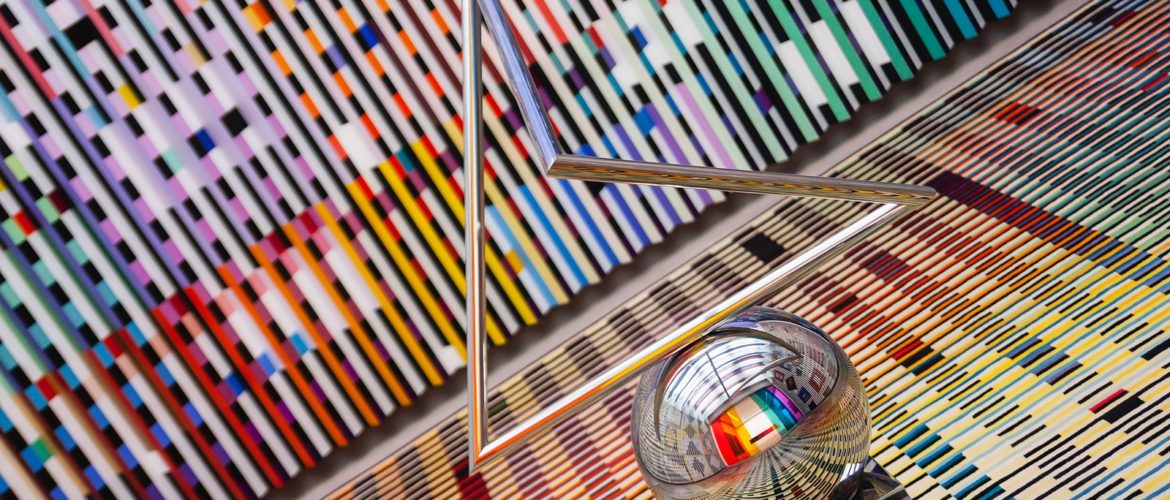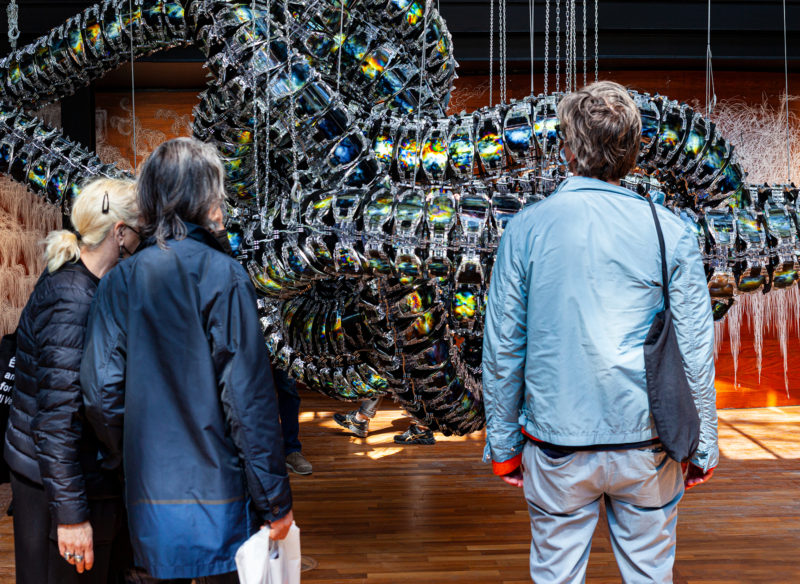Three Reasons Why People Are Fascinated with Kinetic Art

It is pretty much impossible to imagine a major art show or festival without at least one kinetic art piece. Today, “kinetic art” is often used as an umbrella term that includes many different techniques and approaches. You also might have noticed that moving installations and sculptures get significantly more attention from media outlets and the audience than other forms of art. But what is it that is so captivating to us about kinetic works of art?
Three Reasons Why People Are Fascinated with Kinetic Art
They subvert expectations
Of course, static art can also be impressive in terms of technique and scale. However, one cannot deny that the combination of visual and emotional appeal of art and novelty provided by technology makes something in the human brain click. The element of surprise also plays a huge role here. You can probably relate to this if you have ever approached a piece at an exhibition and seen it suddenly move or make noise.
They are immersive and interactive
As a species, we love nothing more than to interact with each other and the world around us. Museums and galleries, in their turn, are often strictly no-touching zones. While you still might not be able to touch certain kinetic pieces, many of them involve an element of audience participation. In a way, when you see a work of art respond to you, you become closer to the artist and the piece itself.
They remind us of ourselves
Kinetic art often becomes a platform for the study of the mechanics of human movement, body, and consciousness. Here is an example that illustrates this point quite well. If you followed the news of the 58th Venice Biennale, most likely, you heard of Can’t Help Myself by the Chinese artists Sun Yuan and Peng Yu. A giant mechanical arm constantly swiping blood-like liquid in calculated repetitive movements brought people who saw it to tears. The audience could not help but commiserate with the robot and strongly relate to it. Initially, the artwork had a slightly different meaning, but the robot’s human-like movements prompted people to associate themselves with it.
It seems that kinetic art is so popular because it taps into all of the things that people are naturally inclined toward. It gives them a space to be curious, interact, and empathize, which, in turn, helps create a unique connection between the viewer and the work of art.

